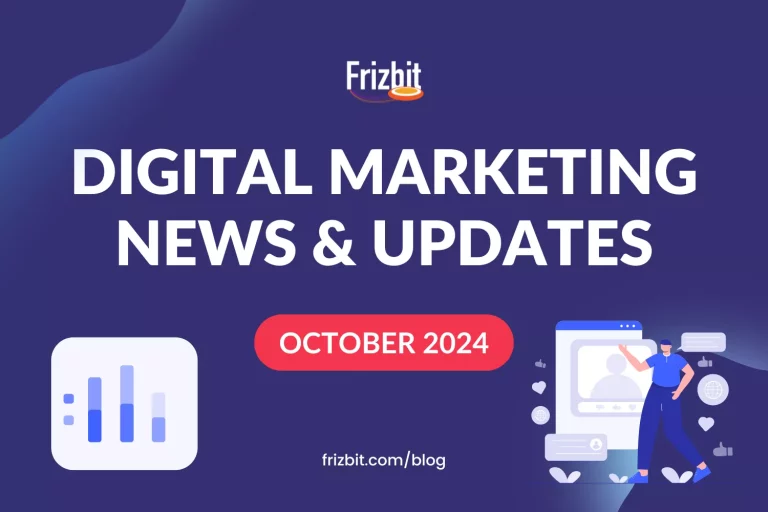Google Analytics 4 (GA4) vs Universal Analytics (UA)
Last Wednesday, 26th October we hosted our latest event “Google Analytics 4: Migration, differences, metrics, and the future”. This workshop was led by Michele Sforza, SEM Account Manager at Jevnet and co-organised by Frizbit. Overall, the event was full of good energy and a lot of learning curiosity about this new tool.
If you were not able to attend the event, do not hesitate to stay and read through as we will summarise the most important ideas, conclusions, and key learnings of the event. Our main takeaway is that it’s not about unlearning a tool, but about getting to know a new platform almost from the ground up.
Without any further ado, we hope you find it as useful as we have!
Watch the replay of the session in Spanish
What is Google Analytics 4?
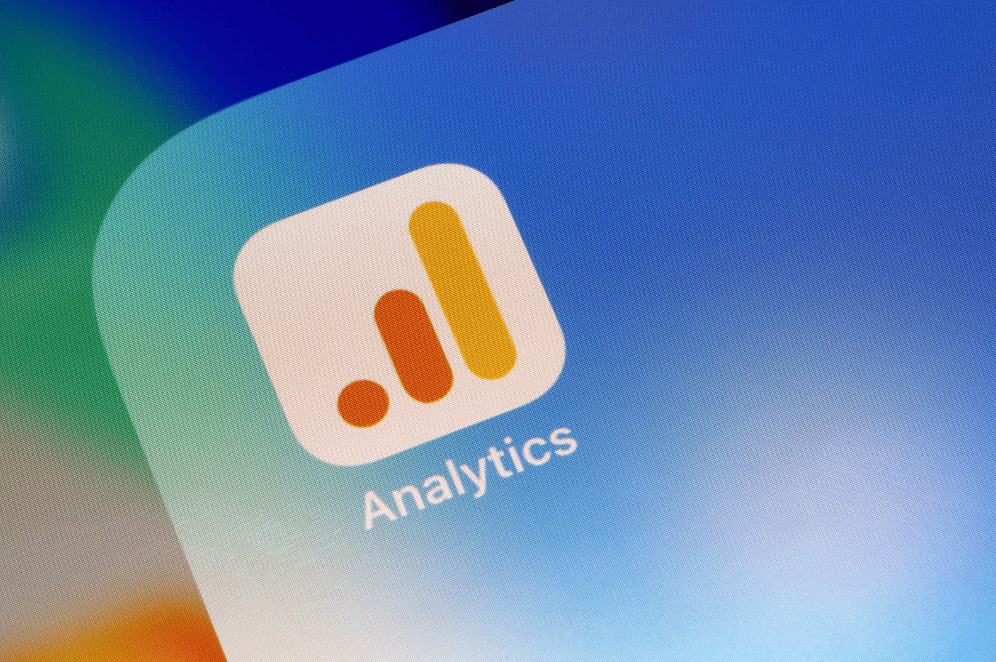
Source: Adobe Stock
The first thing our guest speaker emphasised was to recall that GA4 is not an accounting tool, but an analytics tool, so the data it provides is quantitative.
Another key factor, before moving on, is to understand that although the name GA4 suggests that it is an update, in reality, it is an almost completely revamped tool.
So what’s going on with Google Analytics?
The irrevocable implementation of Google Analytics 4, which will make the traditional Universal Analytics obsolete, as well as its historical data, is getting closer and closer. In other words, the countdown to migration has begun.
The most important dates to keep in mind are:
- July 1st 2023: Data collection by Universal Analytics stops.
- October 1st 2023: Data within the tool will be deleted, and access to the platform will be restricted.
“But if I have until July 2023, why should I start now with the migration?” While we’ll get into this in more depth later, we can tell you that the longer you take to start the migration, the less historical data you’ll have on hand to readjust your digital strategy next year.
Other considerations as to why the change needs to happen now:
- Not only will Universal Analytics stop working, but all data you collect via Data Studio or from any Universal Analytics source is also going to stop working.
- GA4 rejects third-party cookies. We’ve been saying it a lot, and the cookieless future is coming. That said, if you have remarketing listings, no data will be collected either, as they will stop receiving cookies.
- You can’t compare apples and oranges, as they say colloquially. In this case, you can’t compare UA users with GA4 users.
Why Google Analytics 4?

Source: Adobe Stock
This is perhaps one of the biggest questions surrounding this matter: Why, if UA was working well, does there have to be a new update?
The change is nothing more than a prelude to what lies ahead for the future of Google and the privacy of its users. As we know, Universal Analytics is almost entirely based on the use of third-party cookies, something that is totally incompatible with the ‘cookieless’ future of web analytics that Google has been supporting. In other words, Universal Analytics is incompatible with the new interests and privacy policies of the users.
Google Analytics 4 features
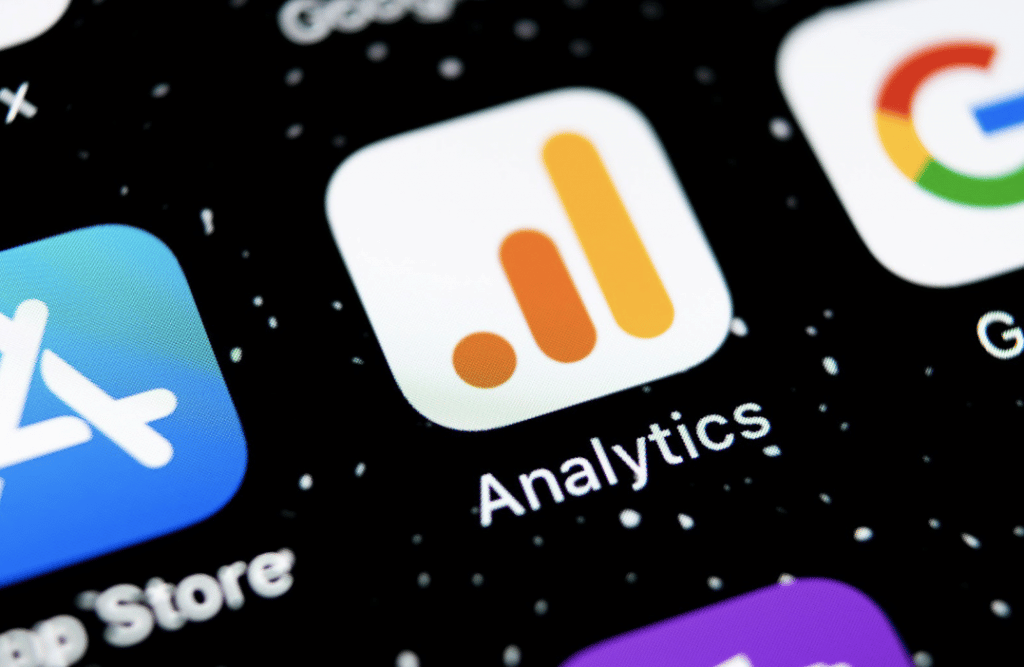
The cornerstones on which it is based are privacy, omni-channeling, and comprehensive data analytics.
In terms of privacy, GA4 is getting closer and closer to the ‘cookieless’ future and personal data protection. One of the most important new features is that it identifies users without the use of cookies, while relying more on machine learning.
Regarding the omnichannel pillar, we can finally measure real customer journeys, i.e. multi-platform and multi-device, measuring each user touchpoint. In this way, we will finally be able to unify and measure more real interactions, adjusted to the lifestyle of our users, which allows us to act with even greater precision at the right time, whether it is through the web or through apps.
Finally, the third major pillar is comprehensive data analytics. While UA allowed us to evaluate the sessions of each user, their navigation and the overall traffic very accurately that a website received, the analysis of interactions was lagging behind. With GA4, measuring events (actions and conversions) is possible in a more insightful way.
Having said that, the most visible changes within the platform are:
- The ‘Views’ column has completely disappeared, and with it, the possibility to create filtered reports in a visual and intuitive way. We now have the new term ‘Data-Stream’, which is a flow of data from which we take the information and varies depending on whether it is from the web or an app.
- User measurement is much more accurate and multi-channel. GA4 is able to recognise the same user, even if they are using different devices, which is very different to how it worked with UA. This is why, when comparing users between UA and GA4, the measurement would be incorrect. It is very likely that you will experience a decrease in users in GA4 compared to UA. It is not that GA4 is not registering users; it just does it in a more accurate way.
Google Analytics 4 vs. Universal Analytics
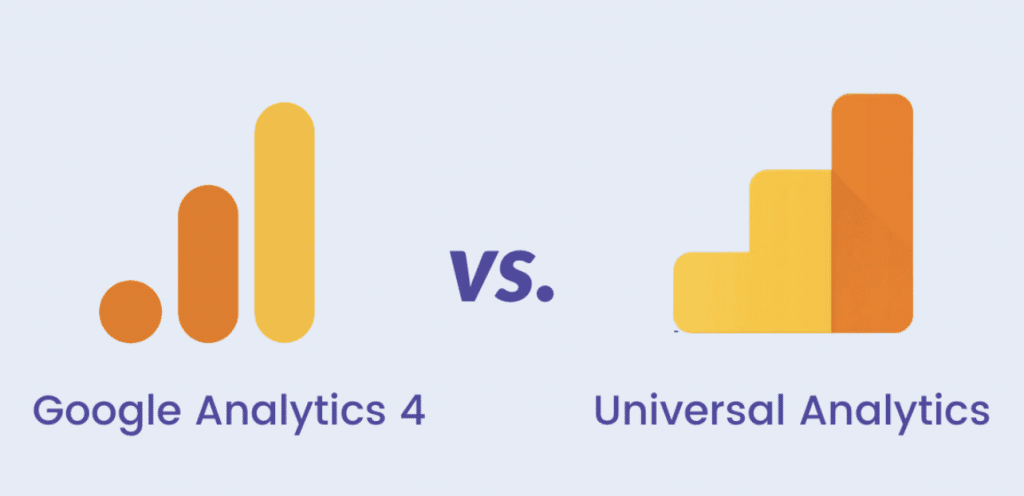
One of the key differences to grasp is the change of approach of the tool. It moves from being session-centric to user-centric, i.e. focused on interactions and events while respecting privacy.
Universal Analytics:
- Session-based
- Unlimited data retention
- Complex user experience
- Automatic page views and user data
- Data taken from a sample (not accurate) – more inaccurate sessions
- Structure: Category – Action – Tag
- Bounce due to lack of engagement
- Users: Cookies
Google Analytics 4:
- User-centric and event-driven
- Limited data retention
- Intuitive navigation
- Automatic event tracking
- More accurate data without sampling – less accurate sessions
- Structure: Event name – Parameters
- Bounce if a session is not of value*: does not stay at least 10 seconds, does not make two visits to two pages or does not make a conversion
- Users: generate valuable sessions*.
What information should I keep?
One of the most important points is that you can’t compare UA data with GA4 data, because their measurement system is different. So if you want to collect historical data by 2023, the time to start migrating from UA to GA4 is now.
What’s new in GA4

Source: Adobe Stock
n addition to the features mentioned earlier, one of the new developments that we are most excited about is the almost automatic direct integrations available.
Among them, we can highlight the following:

Firebase: This platform is directly linked to the development and analytics of mobile applications. It is one of the most relevant integrations for GA4, as in fact, its structure and interface served as the basis for the development of Google Analytics 4.
It is relevant because: It creates an automatic data analytics flow to GA4, being able to track users entering both through the app and the web.
Google Tag Manager: This tool is designed to make implementations and updates to our website easier.
It is relevant because: The integration with GA4 will reduce the time to measure results on the web, possible errors will be minimised by timely reporting them, and finally, it will be easier to update new implementations.
Search Console: This tool is totally oriented towards SEO, analysing what position each page occupies within the search engines, and how well the pages can be navigated, among others. Although it was already in Universal Analytics, some new features include the introduction of a new series of exclusive reports for Search Console within GA4.
This is relevant because: It will be possible to combine metrics and dimensions from GA4 and Search Console to make a joint analysis and create new reports based on this.
Advertising platforms: GA4 is very well-prepared for the integration of Google Ads, Ad Manager, Display & Video 360 + Search Ads 360 (for its paid version).
It is relevant because: We will be able to visualise all the data of all the campaigns automatically and in a more complete way. We will be able to know which campaigns have had better conversions and results. On the other hand, we will be able to create audiences based on the campaign reports and export them to other ad platforms to maximise conversion and conscious retargeting.
Why should I prepare for the future with GA4?

The most straightforward answer is that the shift is inevitable, and the main reason is the advent of the ‘cookieless’ future.
As a study by Pewreserach shows, 72% of people who use the internet report feeling watched and their privacy threatened after their online behaviour is tracked. This is why for several years now, the digital environment has been preparing for this with the elimination of third-party cookies and the validation of own cookies in browsers such as Firefox, Safari and soon Google Chrome.
E-commerce and Google Analytics 4

Source: Negative Space/Pexels
Perhaps one of the most important changes is for the e-commerce industry. While in UA, every step the user made was registered, in GA4 this code has changed radically, becoming incompatible with the previous version.
There is also a relevant change in the events. Previously in Universal Analytics, the events were named by each user as they saw fit. Now, in GA4, these events already have a recommended nomenclature, which will impact the reports and make their results more accurate. Again, this is one of the ways in which GA4 continues to demonstrate its accuracy.
Migration from Universal Analytics to GA4
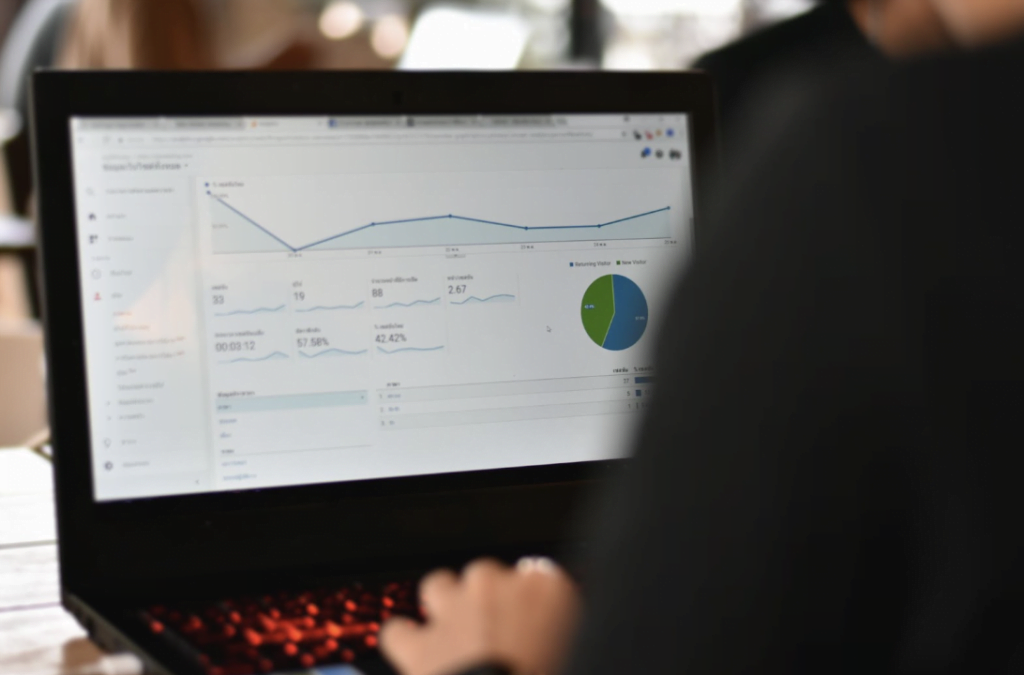
Source: Stock Adobe
This is a phase from which we cannot simply run away. There may be many doubts; however, we have identified a number of key steps in the process. To do this:
- Audit the current Universal Analytics account: write down all events, goals, audiences, segments, and roles within the last year.
- Develop an implementation plan: migrate goals to conversion events, migrate custom dimensions, migrate custom reports to Explorer or Data Studio as well as permissions and roles, among others.
- Create and configure GA4: Configure data streams, integrate GA4 with tools (GAds, Search Console etc., activate Google Signal, leverage the new data-driven attribution model, internal IPs, cross-domain and exclude referral list.
How can I export the data?
There are several options within it via the paid version of Google Cloud or manually by downloading report after report.
Final recommendations:
In addition to migrating as soon as possible, the advice is oriented in four directions:
- UTM: Monitor all UTMs, as they will change.
- Audiences: Start creating audiences as soon as possible.
- Download reports: Download reports via Google Sheet and its Google Analytics extension.
- Attention to details: This tool comes with default settings, so it is important to adjust your settings. We recommend:
- Change the value of Data retention 2 months to 14 months.
- Configure the domains if you have more than one to build a solid customer journey.
- Define internal traffic for better metrics.
- Configure referrals that you don’t want to measure, such as third-party payment platforms.
- Adjust the time of engaged sessions to really measure if the sessions are of value or not.
If you’ve made it this far, you’ve probably noticed that this specific workshop was loaded with valuable information about this great GA4 tool.
On behalf of the Frizbit team, we would like to thank our great speaker Michele Sforza for delivering such an interesting and engaging workshop. Thanks also to all those who, either remotely or online, were able to join us during the event.
If you don’t want to miss our next events, we invite you to follow us on our Eventbrite profile, where we update information about upcoming workshops and meetings.
See you next time!



